1998-01-17 00:00
[ Long Beach Sets Record with 3.5 Mil... ]
Long Beach Sets Record with 3.5 Million Container Units in 1997
The Port of Long Beach set another record in 1997 by moving 3,504,603
20-foot container units (TEUs)across its piers. The 1997 figure reflec
ts a 14.3% jump from 3,607,334 TEUs moved in 1996. since 1990, the por
t’s container traffic has grown by an aberage of 14% every year. Long
Beach retains its title as the businest container port in the United
States, and is the only U.S.port to move more than 3 million container
units durlng one year.
Loaded import containers numbrred, 1,806,788TEUs, up 16.7%, while load
ed export boxes rosc 2.4% to 1,107,324 TEUs. Empty container units inc
reased nearly 35% to 590,491TEUs.
“The record number of containers reflects the strength of the U.S.eco
nomy and continuing consumer confidence,” said Richard D. Steinke, ex
ecutive director of the port “Situated in the nation’s second larges
t consumer marketplace, the port serves the need of 17 million Souther
n Califormians and U.S. residents in oities from coast to coast. Overs
eas manufacturers recognize the region as a major distribution point f
or their products and choose the port as a cirtical destination for th
eir shipments.”
To satisfy these demands, shipping lines deploy their newest, largest
and fastest container vessels to Long Beach, Steinke said, ships too l
arge to transit the Panama Canal regularly call at the Port of Long Be
ach to take adventage of the extensive intermodal networks in southern
California, Approximately 50% of all inbound containers are moved by
intercontinental railroads to their final desinations in the Midwest,
East Coast and Gulf Coast regions.
Five of the port’s eight container terminals have on-dock rail facili
ties to handle these intermodal cargoes, and 27 of the port’s 44 con
tainer crancs are post-Panamax size. These large cranes are able to ha
ndle the mega-ships that call at Long Beach’s deep-water berths.
In addition to containers, other commodities also registered increases
during 1997. Last year, the port handled a total of 104,740,787 motri
c revenue tons(MRTs)of cargo, a 5.4% increase over the 99,386,474 MRTs
handled during 1996. Containerized cargoes represented the bulk of th
is tonnage with 67,775,111 MRTs-- a 12% increase, Steel products poste
d a 104% jump to 901,538MRTs, while breakbulk product shipments increa
sed 16.3% to 814,453 MRTs, Automobilc tonnage rose 11.3% and lumber in
creased 25.6%.
Some 26.4 million tons of petroleum and liquid bulk products were ship
ped during 1997, a drop pf 7.6%. Dry bulk products totaled 8.2% millio
n tons of cargo, a decrease of 3.3%
Commenting on last year’s performance, Don Wylie, the port’s directo
r of the Trade and Maritime services division said, “The rovust growt
h in exports that we expenienced in 1995 and early 1996 began to slow
about 18 months ago when the dollar gained strength against the yen. W
e can expect exports to continue to remain fat or even decline in 1998
due to the economic problems now facing other parts of Asia.” Wylie
emphasized however that any decline in exports should be more than off
set by an increase in imports.
Stelnkc Projected another strong year in 1998. “We’re projecting a 5
% to 8% increase in our container movements this year,” he said.
The Port of Long Beach set another record in 1997 by moving 3,504,603
20-foot container units (TEUs)across its piers. The 1997 figure reflec
ts a 14.3% jump from 3,607,334 TEUs moved in 1996. since 1990, the por
t’s container traffic has grown by an aberage of 14% every year. Long
Beach retains its title as the businest container port in the United
States, and is the only U.S.port to move more than 3 million container
units durlng one year.
Loaded import containers numbrred, 1,806,788TEUs, up 16.7%, while load
ed export boxes rosc 2.4% to 1,107,324 TEUs. Empty container units inc
reased nearly 35% to 590,491TEUs.
“The record number of containers reflects the strength of the U.S.eco
nomy and continuing consumer confidence,” said Richard D. Steinke, ex
ecutive director of the port “Situated in the nation’s second larges
t consumer marketplace, the port serves the need of 17 million Souther
n Califormians and U.S. residents in oities from coast to coast. Overs
eas manufacturers recognize the region as a major distribution point f
or their products and choose the port as a cirtical destination for th
eir shipments.”
To satisfy these demands, shipping lines deploy their newest, largest
and fastest container vessels to Long Beach, Steinke said, ships too l
arge to transit the Panama Canal regularly call at the Port of Long Be
ach to take adventage of the extensive intermodal networks in southern
California, Approximately 50% of all inbound containers are moved by
intercontinental railroads to their final desinations in the Midwest,
East Coast and Gulf Coast regions.
Five of the port’s eight container terminals have on-dock rail facili
ties to handle these intermodal cargoes, and 27 of the port’s 44 con
tainer crancs are post-Panamax size. These large cranes are able to ha
ndle the mega-ships that call at Long Beach’s deep-water berths.
In addition to containers, other commodities also registered increases
during 1997. Last year, the port handled a total of 104,740,787 motri
c revenue tons(MRTs)of cargo, a 5.4% increase over the 99,386,474 MRTs
handled during 1996. Containerized cargoes represented the bulk of th
is tonnage with 67,775,111 MRTs-- a 12% increase, Steel products poste
d a 104% jump to 901,538MRTs, while breakbulk product shipments increa
sed 16.3% to 814,453 MRTs, Automobilc tonnage rose 11.3% and lumber in
creased 25.6%.
Some 26.4 million tons of petroleum and liquid bulk products were ship
ped during 1997, a drop pf 7.6%. Dry bulk products totaled 8.2% millio
n tons of cargo, a decrease of 3.3%
Commenting on last year’s performance, Don Wylie, the port’s directo
r of the Trade and Maritime services division said, “The rovust growt
h in exports that we expenienced in 1995 and early 1996 began to slow
about 18 months ago when the dollar gained strength against the yen. W
e can expect exports to continue to remain fat or even decline in 1998
due to the economic problems now facing other parts of Asia.” Wylie
emphasized however that any decline in exports should be more than off
set by an increase in imports.
Stelnkc Projected another strong year in 1998. “We’re projecting a 5
% to 8% increase in our container movements this year,” he said.
많이 본 기사
- 컨운임지수 넉달만에 2500선 넘어…6주 연속↑상하이항 5000만TEU·싱가포르항 4000만TEU 나란히 돌파태웅로직스, 한화토탈에너지스 우수 파트너사 선정BDI 1015포인트…케이프·수프라막스선 하락세 이어져해양수산부, 김혜정 신임 부산해수청장 선임대한조선, 그리스 선사 발주 석유제품운반선 4척 동시명명SK인천석유화학, 3300t급 급유선 도입…“서해 벙커링시장 경쟁력 강화...강도형 해수부 장관, “새해 글로벌공급망 관리 중점 추진”인천신항 선광신컨테이너터미널, 전기구동 야드트랙터 13대 도입해운협회, 부산항내 중대재해 예방 안전캠페인
- 해운조합, 전환교통지원사업 24일까지 공모여수해경, 해양환경관리 모범선박 예인선 <세진 101>호 선정경기평택항만공사, 평택·당진항 배후단지 업무편의시설용지 분양관세청, 설맞아 수출입화물 선적지원·24시간 통관등 특별대책 시행인사/ 우진글로벌로지스틱스‘항만효율화 공로’ 주성씨앤에어 박진수 대표, 해수부 장관표창 영예부음/ 한국선급 최원준 부사장 모친상롯데글로벌로지스, ‘소비자불만해결 우수사업자’ 선정BPA, 신년맞이 동절기 부산신항 안전관리 실태 점검케이조선, 미국선급서 암모니아 이중연료추진 제품운반선 설계인증 획득
스케줄 많이 검색한 항구





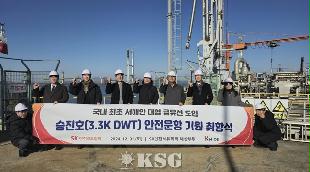

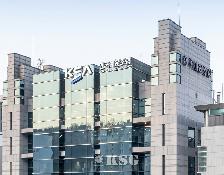
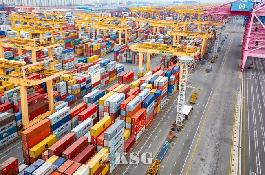
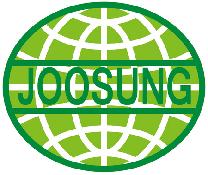



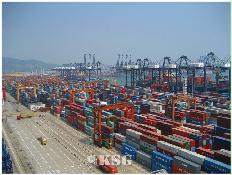
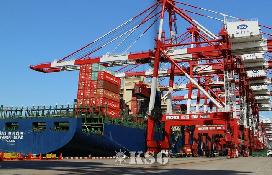
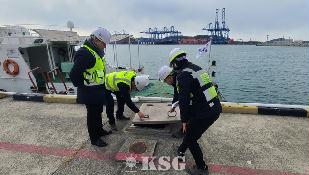
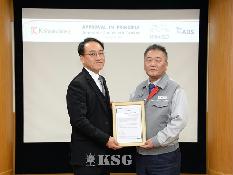
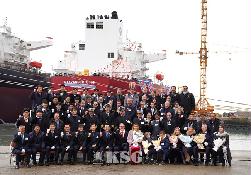

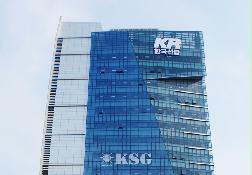
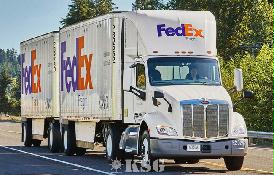
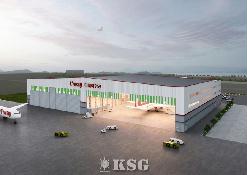
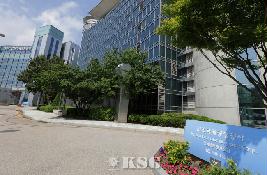

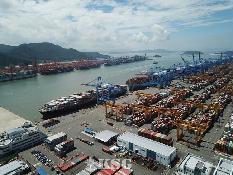
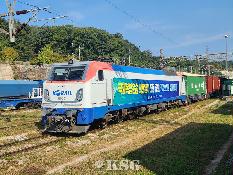
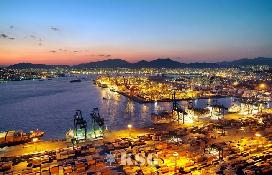
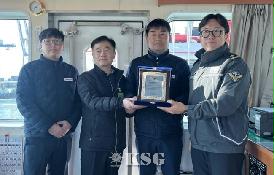
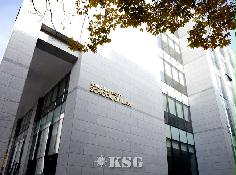
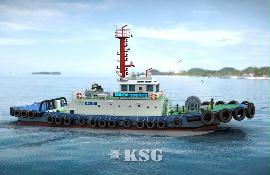
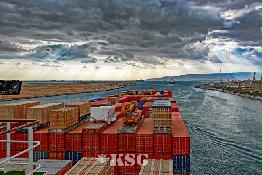








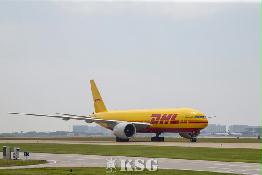
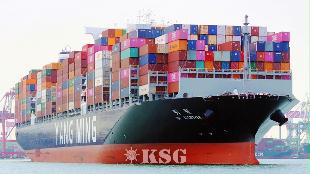
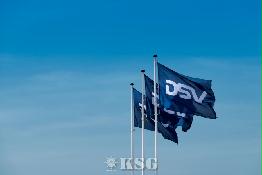
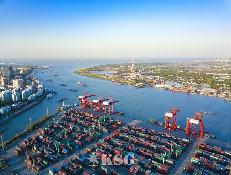
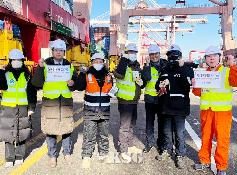





















0/250
확인